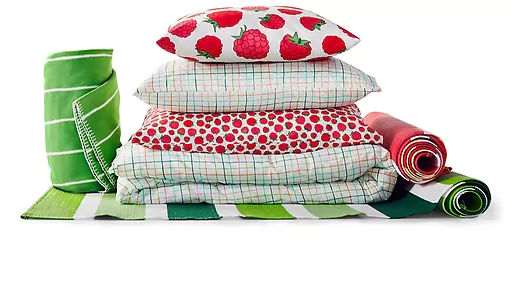Product Safety
Safer life at home
Affordable products are at the heart of everything we do. That doesn’t mean that we compromise on quality or safety. IKEA products must be safe, from both a health and environmental perspective.
We strive to follow the strictest safety and quality laws and standards on the markets where we operate, and at times we even go beyond these and set our own, stricter requirements. Whenever we develop a new product, we take great care to make sure that we can keep the promise we give to our customers – that IKEA products are safe to use.
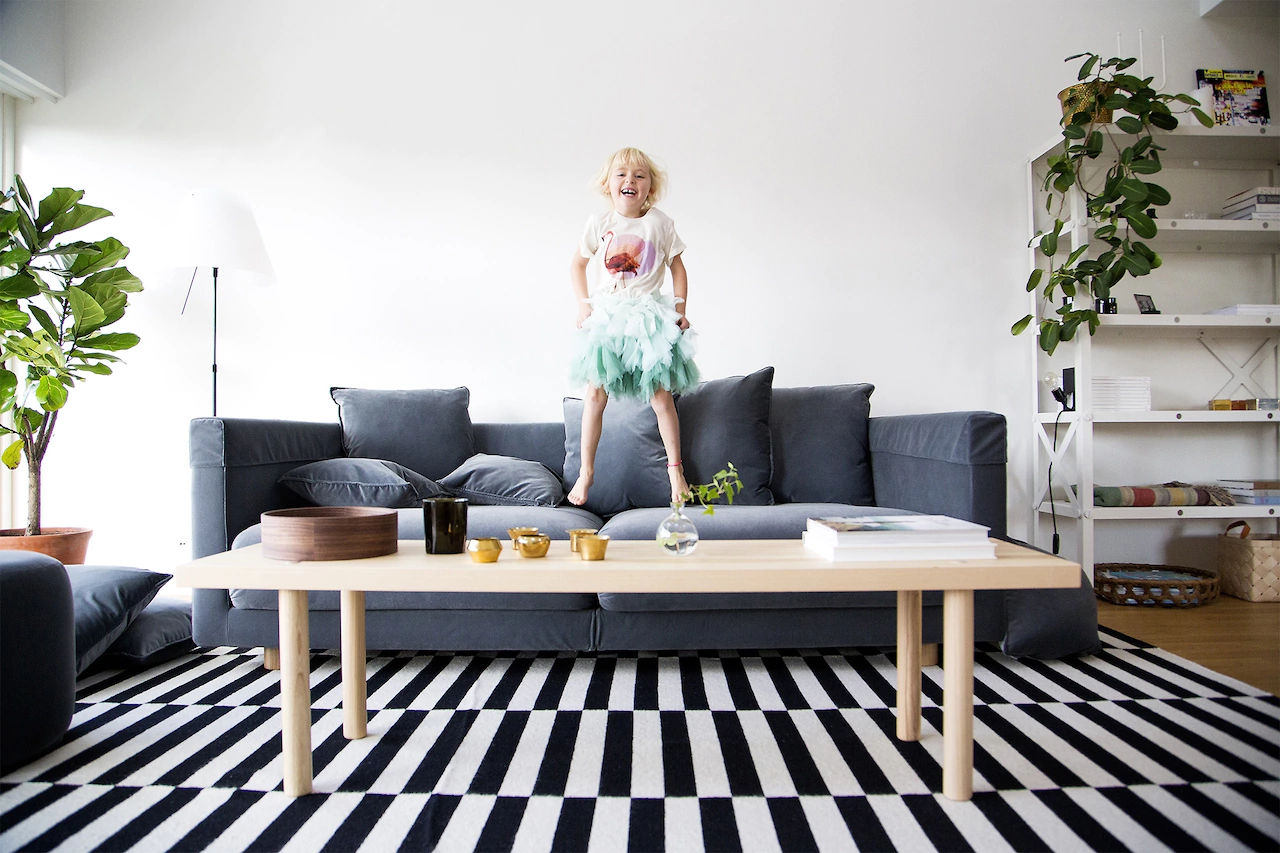
Creating safe products
At IKEA, product safety risk assessment is a crucial part of the product development process. Our designers, product developers and technicians evaluate the safety, quality, and environmental impact at every stage of a new product’s development.
When testing our products, we consider both intended and unintended use, to identify and minimize potential safety risks.
Each product goes through a long process of testing and is not launched until we are sure that it is safe. And even after our products are launched, we continue to evaluate and test them on a regular basis, and if needed we make improvements.
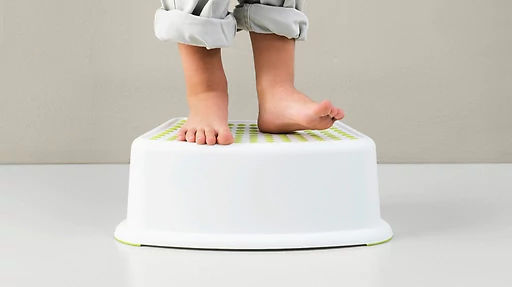
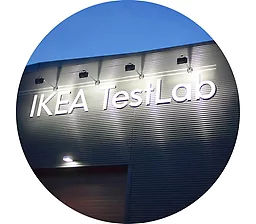
Two tests labs. One goal.
IKEA owns two test labs, one in Älmhult, Sweden and one in Shanghai, China. At the test labs, we test products according to a large number of different standards in a wide range of areas, such as chemicals, fire, surfaces, corrosion, lighting and electronics, function and durability, washing and assembly.The tests performed at the IKEA of Sweden test lab also play a fundamental role in our product development. By involving the test lab early in the process we make sure that the best suitable material for each product is used and that the construction is durable and safe. It gives us valuable insights that we use in the development of future products.
Making home a safer place
All IKEA blinds are cordless. When we understood the potential safety risks of cords, we stopped offering them and have thereby substantially reduced risks of injury. This is an example of how we eliminate unnecessary dangers at home through continuous testing and development of our products.
>> See all blinds
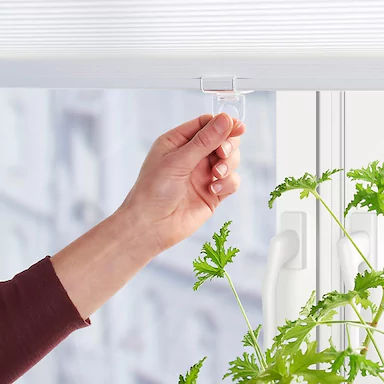
Did you know?
Our test lab in Sweden supports the product development by performing on average 15,000-16,000 individual tests per year.
Child safety
“We know that babies explore the world around them by chewing and tasting everything. To simulate that, all IKEA soft toys are exposed to saliva enzymes to make sure that no harmful chemicals are extracted when they are chewed on.”
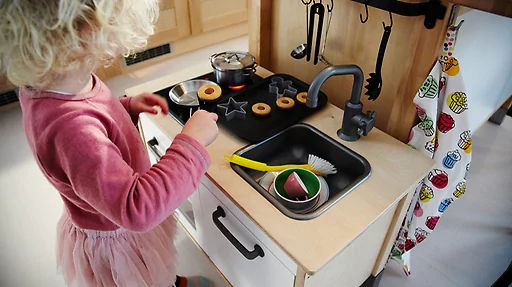
Playing it safe
We know that play is the key to learning for life. It fuels our development and makes us more creative, stronger and active. In 2014, IKEA developed a circus-inspired swing, GUNGGUNG, to encourage more active play and fun at home. But only a few weeks after the sales launch, the swing had to be recalled. It turned out that the initial tests did not consider the impact and increased loads when jumping on the swing. After an extensive re-testing process, GUNGGUNG is now back in our stores, improved to withstand all kinds of fun and play.
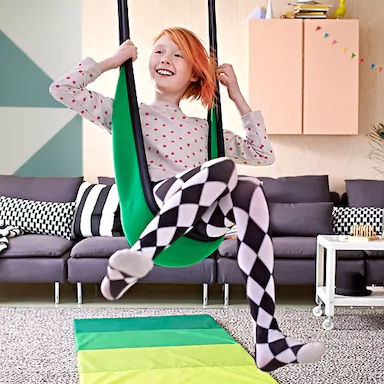
“When we told the test lab engineers about the test specifications for our GUNGGUNG swing, they laughed: Are you testing the swing for elephants or children?”
Aniol Salvador Soy, Product Improvement Engineer, at IKEA of Sweden
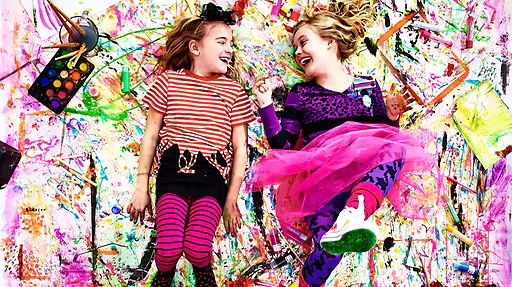
Carefree Colouring
As much as IKEA loves colourful products for children, dyes that are known, or even suspected to be carcinogenic or allergenic are out of the question. The paint in our MÅLA series doesn’t contain any toxic ingredients. Just in case a child would make a meal out of MÅLA.
Only using the chemicals we need
Chemicals play an important part in the production of IKEA products. They give texture to materials and provide beautiful colours through dying or printing. Glues make our products strong. Paint and other coatings protect them from scratches, corrosion, and liquids. In other words: chemicals are unavoidable. However, we are very strict when it comes to selecting which chemicals we use.
Our goal is simple: to do everything we can to make sure that our products are free from any chemicals that can be harmful to people or the environment. We take pride in proactively phasing out harmful chemicals – often before any legislation forces us to do so. And by defining chemicals in groups, we can phase out entire groups of harmful chemicals instead of just replacing one harmful chemical with another.
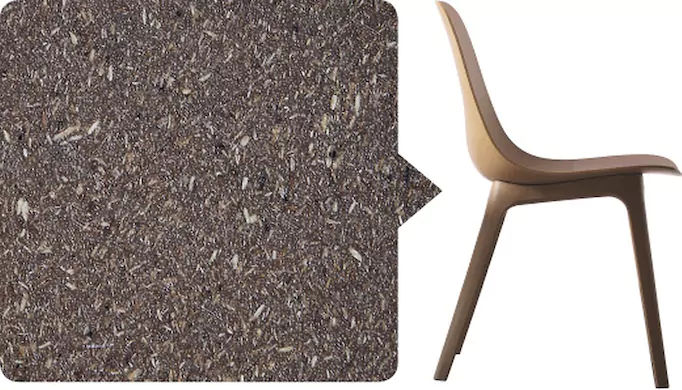
Did you know?
The IKEA chemical requirements are based on the toughest legal demands. They are
continuously updated to respond to new information from government agencies, voluntary
organisations, scientific reports and consumers. Which means we often go further than
legislation requires to provide safety in the making, handling and use of IKEA products.
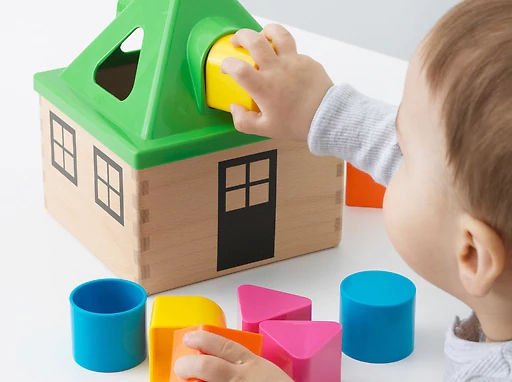
One less thing to worry about
Bisphenol A (BPA) is a widely used chemical that has been shown to have negative health effects. In 2006, IKEA decided to phase out BPA from all of our plastic children’s toys. And in 2012 we went further and phased out BPA from all our food contact products, such as food packaging, kitchen utensils and bottles.
Did you know?
By not adding harmful chemicals in products and materials we give them a longer life as they become safe to recycle and re-use.
Developing safe materials
Whenever IKEA explores a new material, it’s evaluated from a safety, quality, and sustainability perspective before it’s allowed to be used in any IKEA products.
For example, perfluorinated chemicals (PFAS) that are water and dirt-repellent and commonly used in textiles have been shown to be harmful to people and the environment. IKEA decided to get rid of the whole group of perflourinated chemicals in textiles and instead replace them with safer alternatives that don’t cause harm.
FAQs:
Chemicals general (PDF)
Chemicals in textiles (PDF)
Formaldehyde (PDF)
Highly fluorinated chemicals (PDF)
Flame retardants (PDF)
Lead (PDF)
Bisphenol A (PDF)
